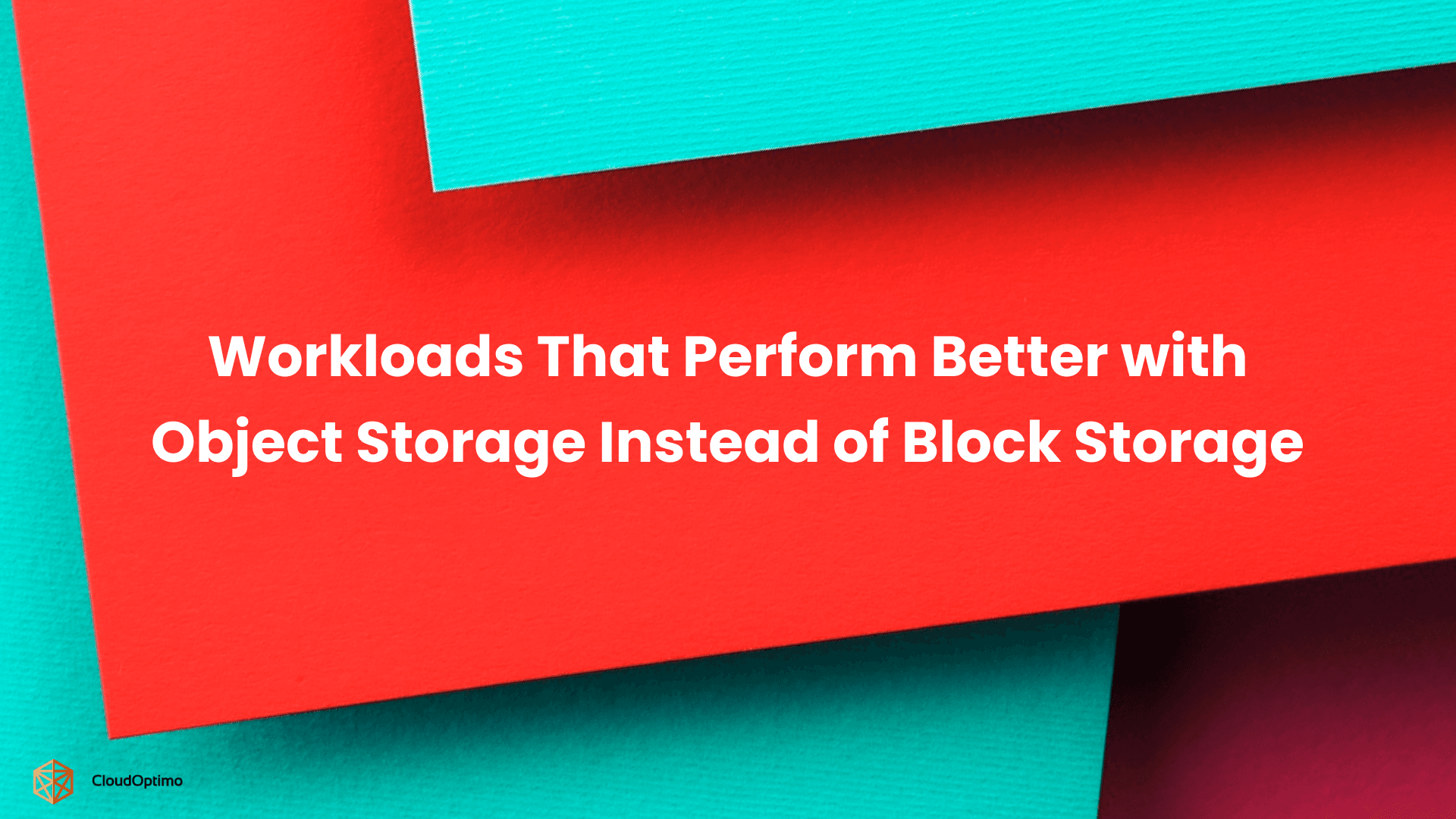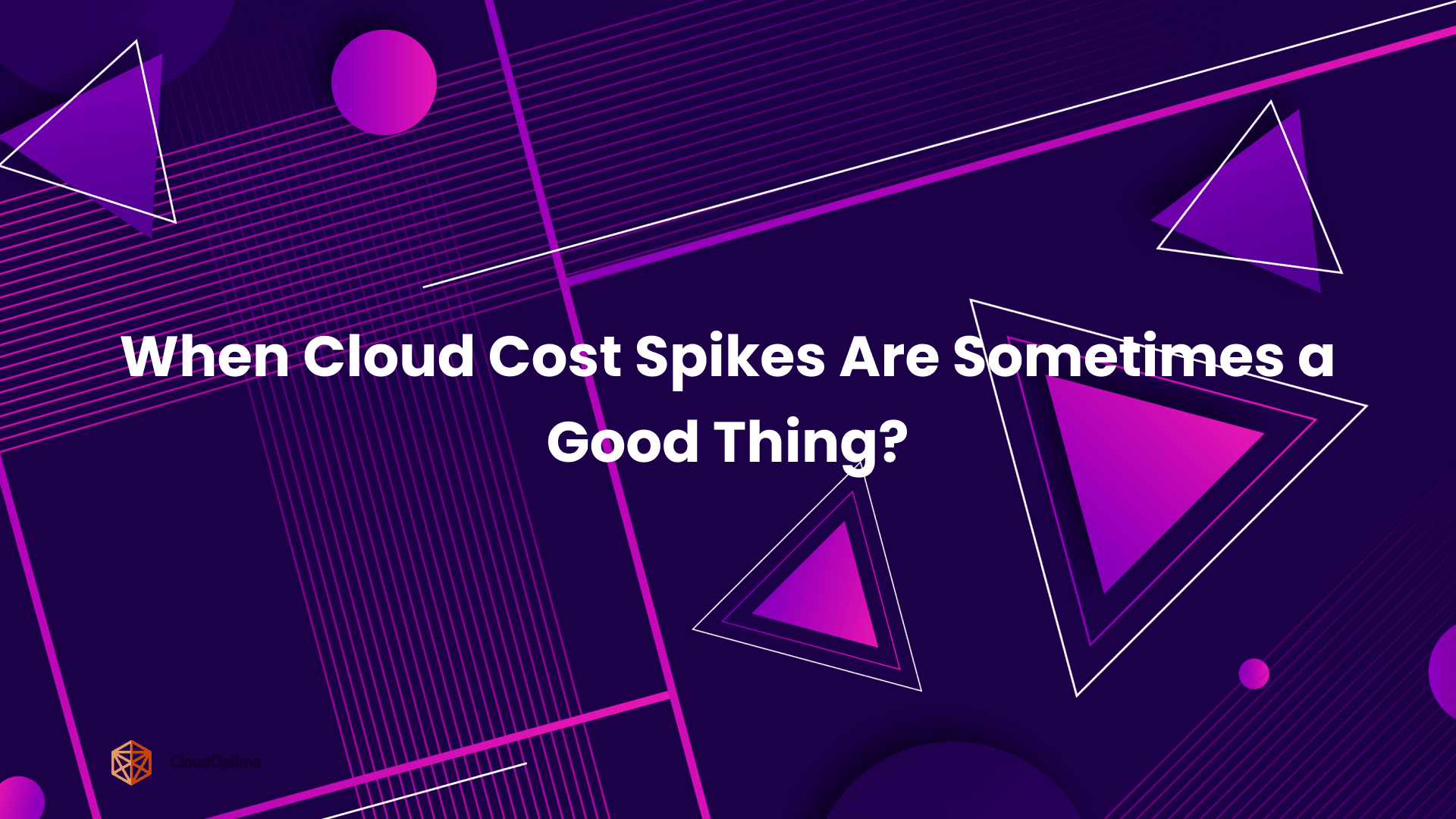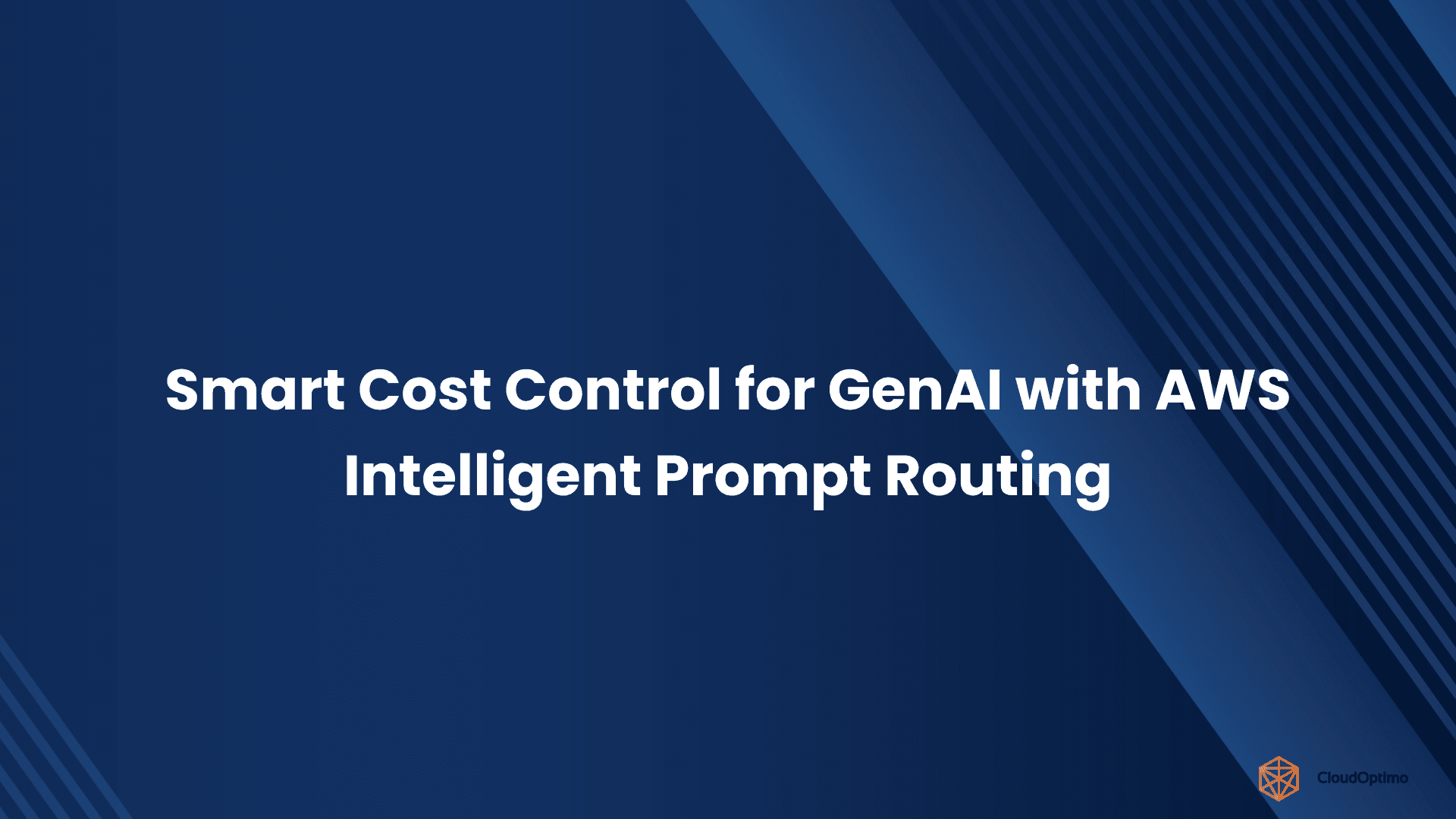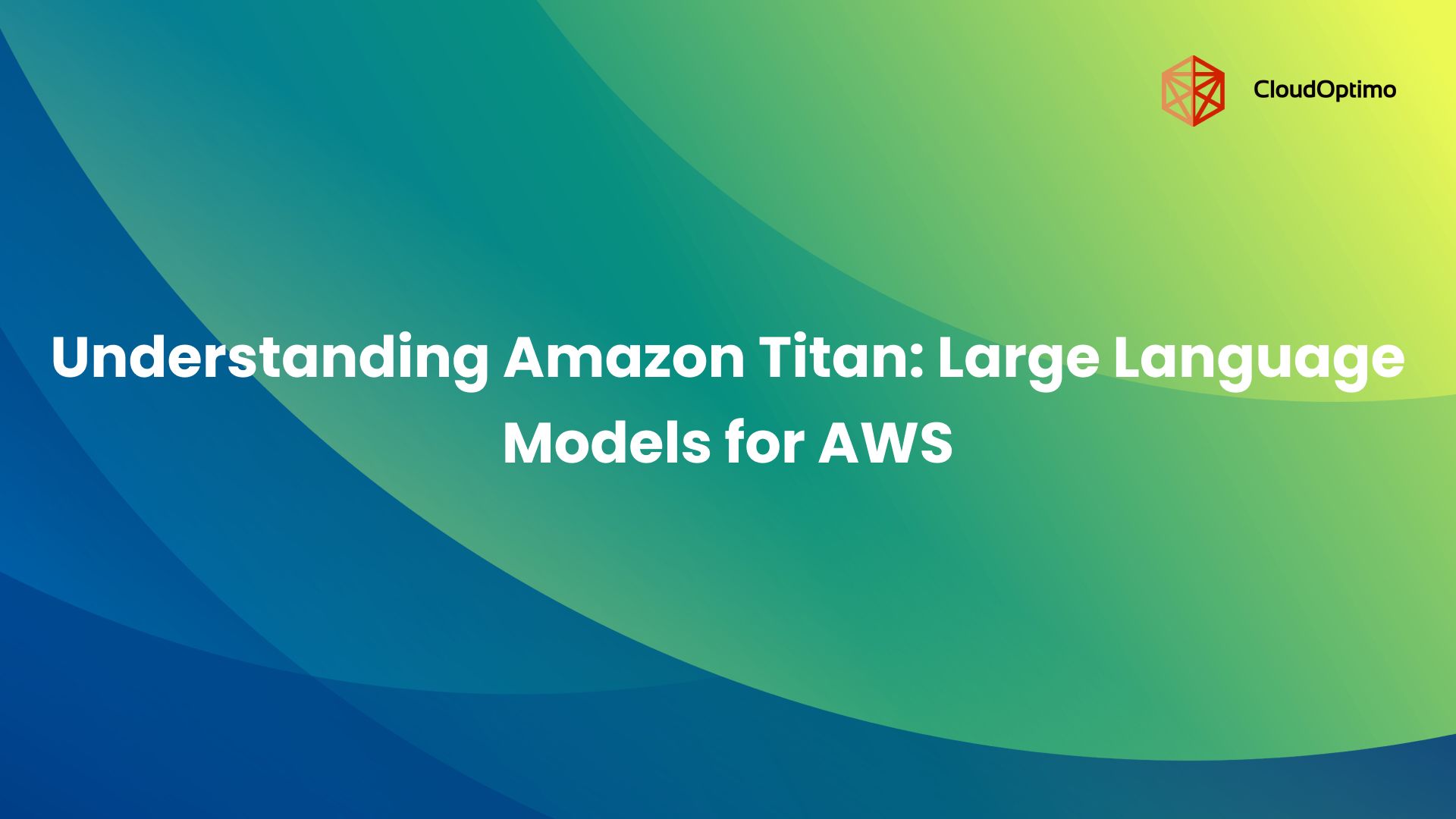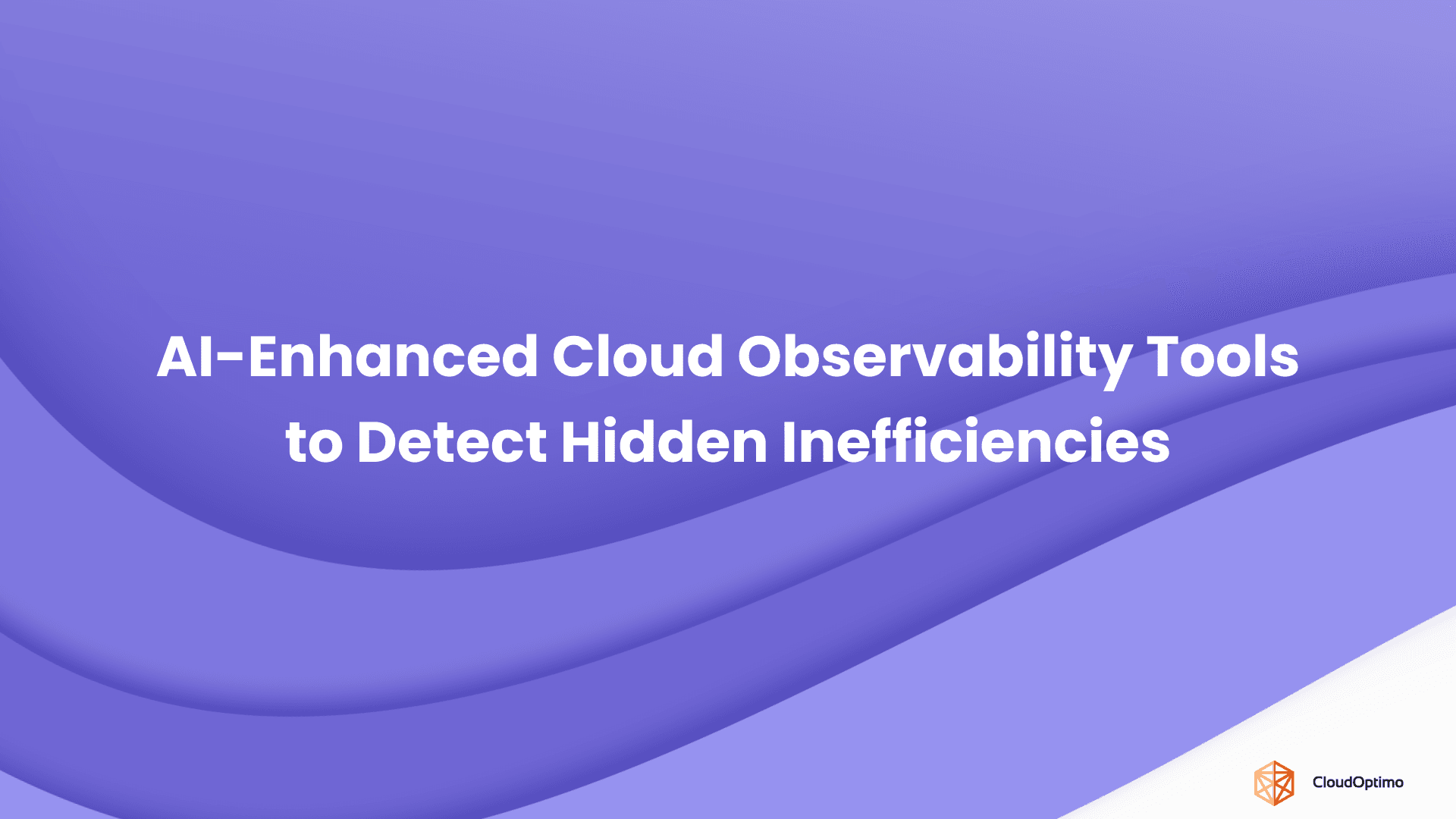When handling sensitive data in regulated or security-critical environments, ensuring strict data isolation is essential. Traditional virtual machines (VMs), even when hardened, are often not sufficient to meet the rigorous isolation and confidentiality demands of industries such as finance, healthcare, and government. AWS Nitro Enclaves offers a focused solution to this problem.
This blog explores the use of AWS Nitro Enclaves for secure data isolation, detailing how they work, why they are effective, and where they fit within a broader security strategy.
Understanding the Challenge of Data Isolation in Cloud Environments
Before examining the solution, it’s important to frame the problem.
In shared cloud environments, VMs operate on the same physical hardware. While AWS provides strong multi-tenancy security guarantees, certain use cases—such as processing personally identifiable information (PII), encryption key handling, or secure machine learning inference—demand additional layers of isolation. The key challenges include:
- Minimizing the attack surface available to system processes, network stack, and other components.
- Preventing administrator or hypervisor access to sensitive workloads.
- Reducing the risk of data leakage from co-located workloads.
These are precisely the areas where AWS Nitro Enclaves provide strong advantages.
What Are AWS Nitro Enclaves?
AWS Nitro Enclaves are isolated compute environments created from EC2 instances. They are built on the AWS Nitro System, which already handles virtualization, security, and resource isolation in EC2.
Key Characteristics of Nitro Enclaves:
- No external networking: Nitro Enclaves do not have external IP addresses, which removes exposure to the network layer.
- No persistent storage: Data in enclaves is ephemeral. All processing must happen in-memory.
- Cryptographic attestation: Enclaves can produce cryptographic proofs of their identity and integrity, verified via AWS KMS or external systems.
- Minimal access footprint: Even root users on the host EC2 instance cannot access enclave memory.
These features combine to provide a high-trust execution environment, suitable for handling confidential data with reduced exposure.
How Nitro Enclaves Work: Architecture and Design
A Nitro Enclave is not a standalone instance. Instead, it is an isolated environment carved out from a parent EC2 instance. Let’s briefly look at the operational model.
Enclave Lifecycle and Deployment
- Create an EC2 instance that supports Nitro Enclaves (e.g., M6i, C6i, R6i).
- Install the Nitro Enclaves CLI and SDK packages on the parent instance.
- Configure enclave memory and CPU allocation via enclave configuration files.
- Start the enclave using the CLI, booting a minimal Linux kernel in the isolated environment.
- Communicate via vsock, a virtual socket interface designed for secure parent-enclave communication.
Cryptographic Attestation Flow
Attestation is a core part of the enclave model. Each enclave generates an attestation document, which includes:
- Hash of the enclave image
- Instance ID and AWS account ID
- A public key tied to the enclave
- Timestamp and nonce (to prevent replay attacks)
This document is signed by the Nitro Hypervisor and can be verified by AWS KMS or an external system, ensuring that only trusted enclaves can perform sensitive operations.
Use Cases: Where Nitro Enclaves Fit Best
While Nitro Enclaves offer strong security benefits, they are not suitable for all workloads. Their isolated nature and limited functionality (e.g., no direct internet access or file system) make them ideal for focused, security-critical tasks.
Common Scenarios:
- Secure key management: Offload cryptographic operations using a trusted enclave that interacts with AWS KMS via attestation.
- Tokenization and decryption: Process PII or other sensitive data within the enclave before passing sanitized results to external systems.
- Confidential machine learning: Run inference workloads on proprietary models without exposing the model weights or input data.
- Digital signing and verification: Enforce strict control over what data is signed or verified, using cryptographic identity guarantees.
In each of these cases, the enclave acts as a secure processing boundary, minimizing the risk of sensitive data being leaked or compromised.
Integration with AWS KMS: Trusted Key Usage
One of the most impactful integrations is with AWS Key Management Service (KMS). When an enclave requests a KMS operation (e.g., decrypting a data key), it includes its attestation document. KMS then verifies:
- That the request comes from a known enclave image
- That the enclave has not been tampered with
- That the enclave is associated with a specific EC2 instance in a specified account
This allows fine-grained control over which code can access cryptographic material, greatly reducing the attack surface for key misuse.
Security Posture and Operational Considerations
Nitro Enclaves improve security, but they also impose operational constraints that must be addressed during architecture planning.
Security Benefits:
- Enclave memory is not accessible from the parent instance, even with full privileges.
- Enclaves do not retain state; a reboot clears all memory.
- Minimal code surface area reduces exploitable vulnerabilities.
Operational Constraints:
- Debugging is limited—logs and monitoring must be implemented carefully using vsock.
- No direct internet or network access—data must be passed from the parent instance.
- Deployment requires custom enclave applications, often written in Rust or C, to keep the runtime minimal and secure.
These constraints are necessary trade-offs to achieve the level of isolation that Nitro Enclaves provide.
Best Practices for Using Nitro Enclaves Effectively
Deploying Nitro Enclaves securely and efficiently requires a disciplined approach:
- Minimize enclave image size to reduce the attack surface and improve boot times.
- Use attestation with external services, not just AWS KMS, to validate enclaves before trusting them with sensitive data.
- Avoid general-purpose logic inside enclaves—focus only on high-security tasks.
- Secure the parent EC2 instance, as it is the only entry point for managing the enclave lifecycle.
- Encrypt communication over vsock using additional protocols if data sensitivity requires it.
When these practices are followed, Nitro Enclaves can become a cornerstone of secure cloud application design.
When to Avoid Using Nitro Enclaves
Despite their advantages, Nitro Enclaves are not always the right solution. Consider avoiding them if:
- The workload requires frequent external network access.
- You need persistent storage or long-term state within a secure environment.
- Development agility is a priority over strict isolation.
- The security model does not require such a high level of hardware-enforced trust.
For such cases, alternatives like AWS Secrets Manager, dedicated EC2 instances with strict IAM boundaries, or even external HSMs may be more appropriate.
Final Thoughts: Building Real Confidence in Data Isolation
For security teams and architects tasked with protecting sensitive workloads, AWS Nitro Enclaves offer a practical and effective method to achieve verifiable data isolation. Their hardware-enforced trust model, minimal surface area, and native integration with AWS KMS make them especially useful in high-security environments where control and verification are not optional.
Those who adopt Nitro Enclaves typically do so not just for regulatory compliance, but to establish confidence in users, auditors, and stakeholders that sensitive data is being handled with integrity. If your architecture needs that level of assurance, Nitro Enclaves offer a reliable and robust path forward.

